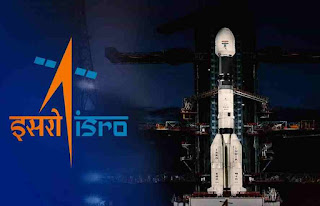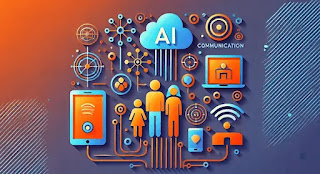The primary field exploring education is known as education studies, also termed education sciences. It seeks to understand how knowledge is transmitted and acquired by examining various methods and forms of education. This discipline delves into the goals, impacts, and significance of education, along with the cultural, societal, governmental, and historical contexts that influence it. Education theorists draw insights from various disciplines, including philosophy, psychology, sociology, economics, history, politics, and international relations. Consequently, some argue that education studies lack the clear methodological and subject delineations found in disciplines like physics or history. Education studies focus on academic analysis and critical reflection and differs in this respect from teacher training programs, which show participants how to become effective teachers. Furthermore, it encompasses not only formal education but also explores all forms and facets of educational processes.
Various research methods are utilized to investigate educational phenomena, broadly categorized into quantitative, qualitative, and mixed methods approaches. Quantitative research mirrors the methodologies of the natural sciences, employing precise numerical measurements to collect data from numerous observations and utilizing statistical tools for analysis. Its goal is to attain an objective and impartial understanding. Conversely, qualitative research typically involves a smaller sample size and seeks to gain a nuanced insight into subjective and personal factors, such as individuals' experiences within the educational process. Mixed-methods research aims to integrate data gathered from both approaches to achieve a balanced and comprehensive understanding. Data collection methods vary and may include direct observation, test scores, interviews, and questionnaires. Research projects may investigate fundamental factors influencing all forms of education or focus on specific applications, seek solutions to particular problems, or evaluate the effectiveness of educational initiatives and policies.


.jpg)












